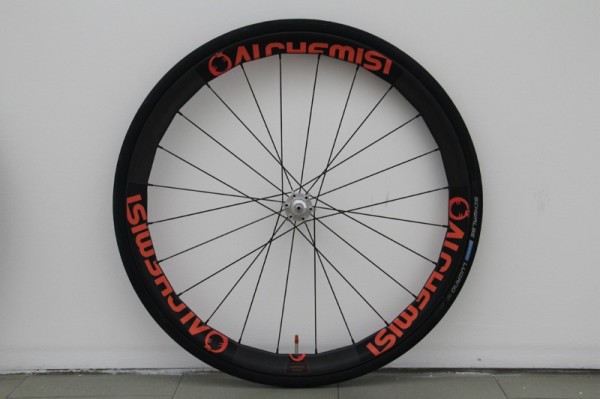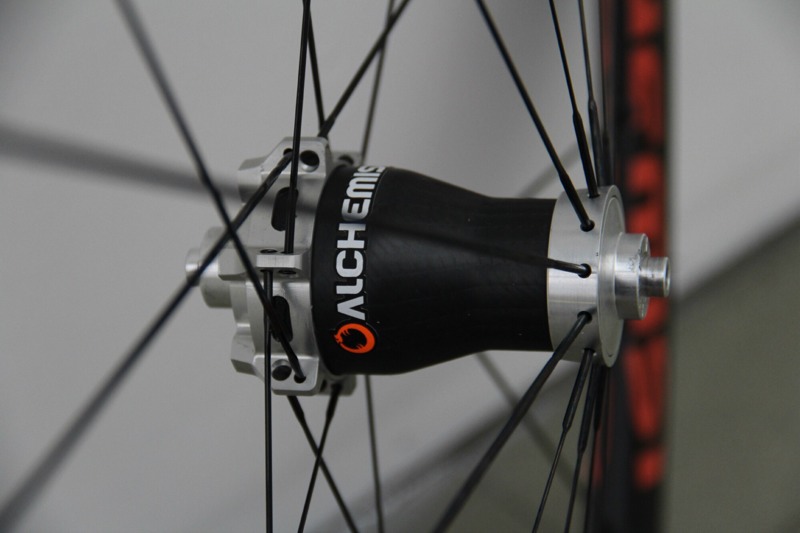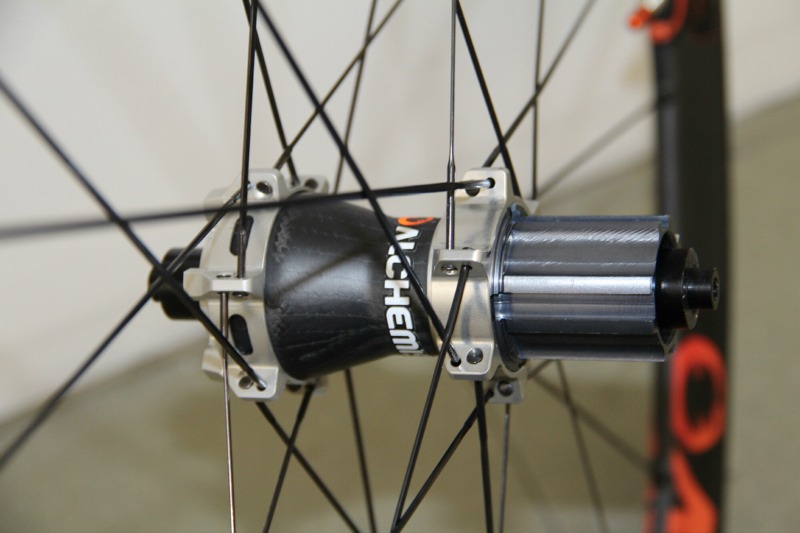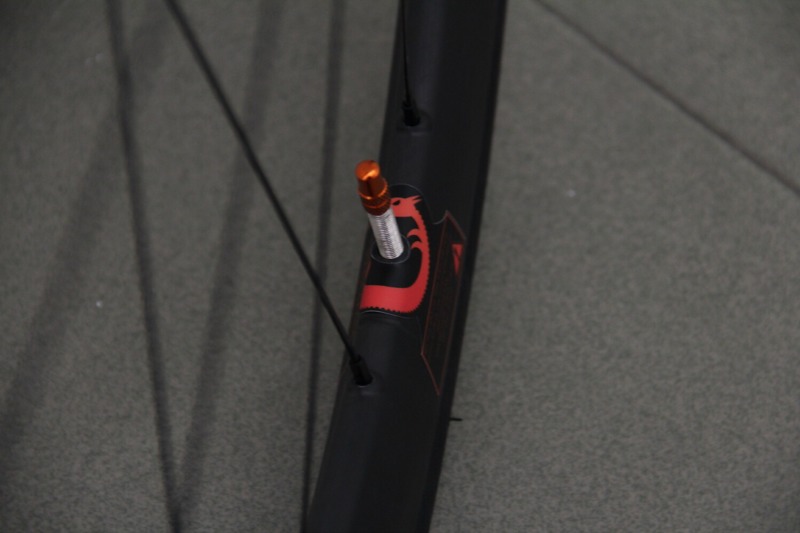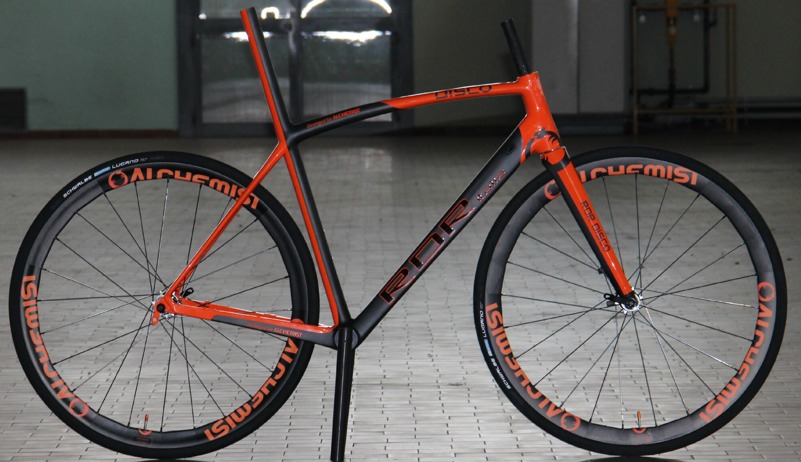Alchemist has shown us some pretty wild looking wheels for mountain bikes in the past, and now they’re applying their unique take to the road market with an astonishingly lightweight set of disc brake-only clinchers.
The new Zirconium wheels use an asymmetric rim profile to balance spoke tension evenly from side to side. The 2mm offset also improves dish, and reinforced spoke nipple beds increase strength, allowing them to use higher tension for a stiffer wheel. All that, and the high modulus carbon fiber rim weighs in at just 315 grams!
As usual, their hubs are a work of art, mixing carbon and alloy with their signature angles and flares on the spoke and disc flanges. What’s unusual are the aero claims…
Both wheels use 24 straight pull CX Ray spokes. The front wheel gets 2-cross lacing on the disc side and radial on the drive side.
The rear gets 2-cross lacing on both sides.
The spoke holes are angled and offset, helping hem build a strong wheel. We’ve become accustomed to such designs on mountain Joe rims where aerodynamics matter less, but on the road, things have been stubbornly symmetric when it comes to aero shapes.
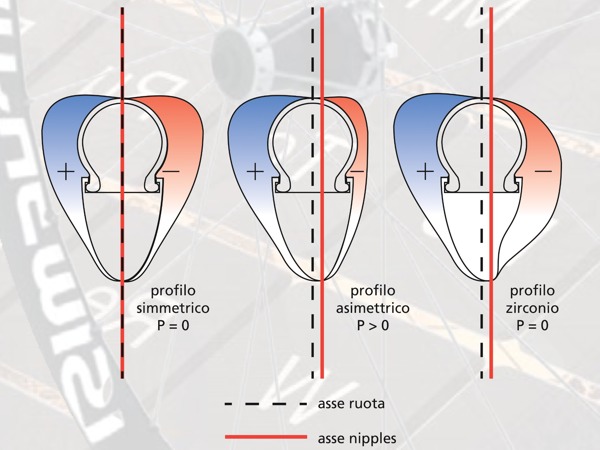
Alchemist’s solution was a NACA M18 profile, which they say helps equalize the pressures on each side of the wheel as best as possible, balancing aerodynamics and crosswind stability with the overall wheel design requirements of disc brakes. The image on the left shows a standard aero rim, the center is what happens when morphing that standard shape to an asymmetric one, and the left image is their design.
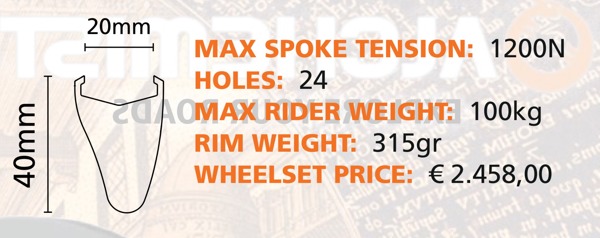
The best part? Even if aerodynamics aren’t your top concern, the 1,197g wheel set weight makes them appealing to climbers that want less rotational mass on the way up with the stronger braking discs provide on the way down. And with a 20mm internal width (24mm external) and good all around 40mm depth, these hoops check a lot of the right boxes.
The 40mm depth is where the wheels got their name, as Zirconium is number 40 on the periodic table.
